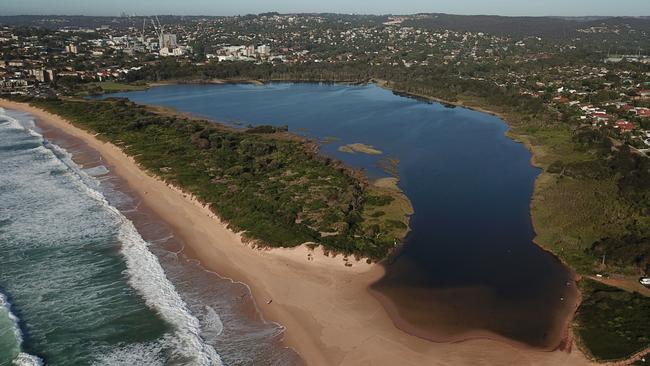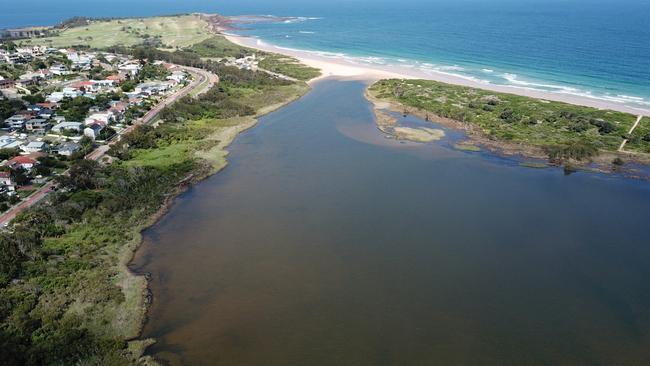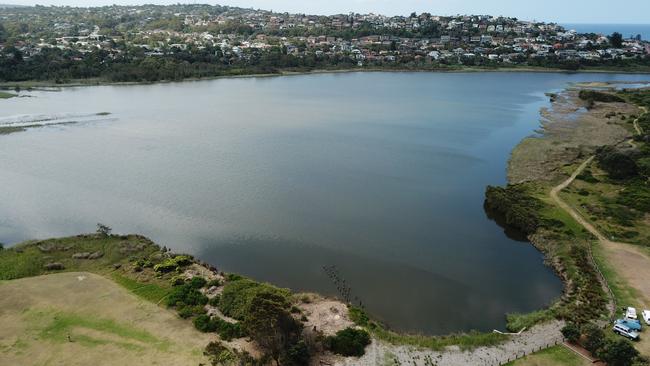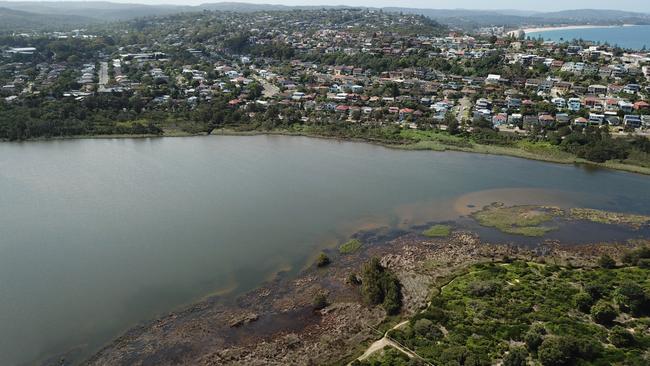When an Army went to battle over Dee Why Lagoon
There was a time when the State Government and the Salvation Army locked legal horns over the ownership of Dee Why Lagoon.

Manly
Don't miss out on the headlines from Manly. Followed categories will be added to My News.
In 1909, the State Government and the Salvation Army locked legal horns over the ownership of Dee Why Lagoon.
No one questioned the Army’s ownership of the land around the lagoon – part of which had been granted to William Cossar in 1819 and part to James Jenkins in 1834 – that had been conveyed to the Army in February 1900.
At issue was ownership of the bed of the lagoon, which covered 25ha, although why the Army wanted the body of water is unknown.

What initiated the matter coming before the court was the Army’s application to bring the land it owned around the lagoon under the provisions of the Real Property Act, a scheme regulating property rights based on the registration of land titles within a central register.
The Registrar-General didn’t question the Army’s ownership of the land around the lagoon, including the sand dune between the lagoon and the ocean, but he didn’t believe the Army owned the bed of the lagoon and asked for proof of ownership.

The Army failed to prove it owned the lagoon, so the Registrar-General rejected the Army’s application to bring its land around the lagoon under the provisions of the Real Property Act.
That’s when the Army took the took the matter to the Court of Equity, where the matter was heard before Justice Philip Street over several days between early April and late June 1909.
The Army argued that at the time of the grants and thereafter, the lagoon had not been an arm of the sea and it relied on the legal doctrine of usque ad filum aquae, which that states that when the boundary of a property is formed by a non-tidal stream, the title to that property extends to an imaginary line down the middle of the stream.
And because the Salvation Army owned the land on all sides of the lagoon, it claimed ownership of the lagoon itself.

Alternatively, the Army argued that even if the lagoon had been an arm of the sea at the time of the grants in 1819 and 1834, it had ceased to be so for many years because by the gradual action of the sea, the lagoon had become portion of the shore above the high-water mark and had been added by the accretion of sand to the Army’s land.
But the Crown argued that at the time of the grants and at many times thereafter, the lagoon had been open to the sea and subject to the tides, so the lagoon could not be considered non-tidal, and that the accretion argument was baseless.
The Crown wheeled out several scientists, who said the lagoon had been and remained an arm of the sea, along with seven long-time residents of the northern beaches who testified that they had frequently seen the lagoon open to the sea.
Despite this, on September 3, 1909, Justice Street ruled in favour of the Salvation Army.
The Crown lodged an appeal with the High Court of Australia and the matter was heard before Chief Justice, Sir Samuel Griffith, Justice Sir Edmond Barton and Justice Richard O’Connor.

The Chief Justice not only made short work of the arguments put forward by the Salvation Army but also ruled that the wording of the two grants clearly indicated that the boundaries of the two grants only extended to the edge of the lagoon and did not include the lagoon itself.
The Chief Justice ruled that at the time of the grants and subsequently, the lagoon had clearly been an arm of the sea and subject to tides.
“There was abundance of evidence that for a period long subsequent to the dates of the grants, the channel between the lagoon and the sea was frequently open, and remained open for months at a time, the tide flowing and ebbing through it; while at other times the influence of the winds, waves, and currents formed a sandbar across the mouth of the channel, which then remained closed until the water of the lagoon, being swelled by rain, cut through the obstacle and restored communication with the sea,” he said.

“According to the evidence of witnesses who had known the locality from a time earlier than 1860, the periods during which the channel was open were at that time longer than those during which it was closed.
“On the other hand, of late years it appeared to have remained closed for longer periods than it remained open.
“In the year 1905, a channel a chain wide was opened through the bar by the swollen water but was again closed within two days, and it might be taken that the channel was now closed for longer periods than it was open.”
Justice O’Connor and Mr. Justice Isaacs read judgments agreeing with the Chief Justice’s conclusions.
The Salvation Army subsequently obtained certificates of title for the two grants around the lagoon but ownership of the lagoon itself remained where it had always been all along – in the hands of the Crown.
